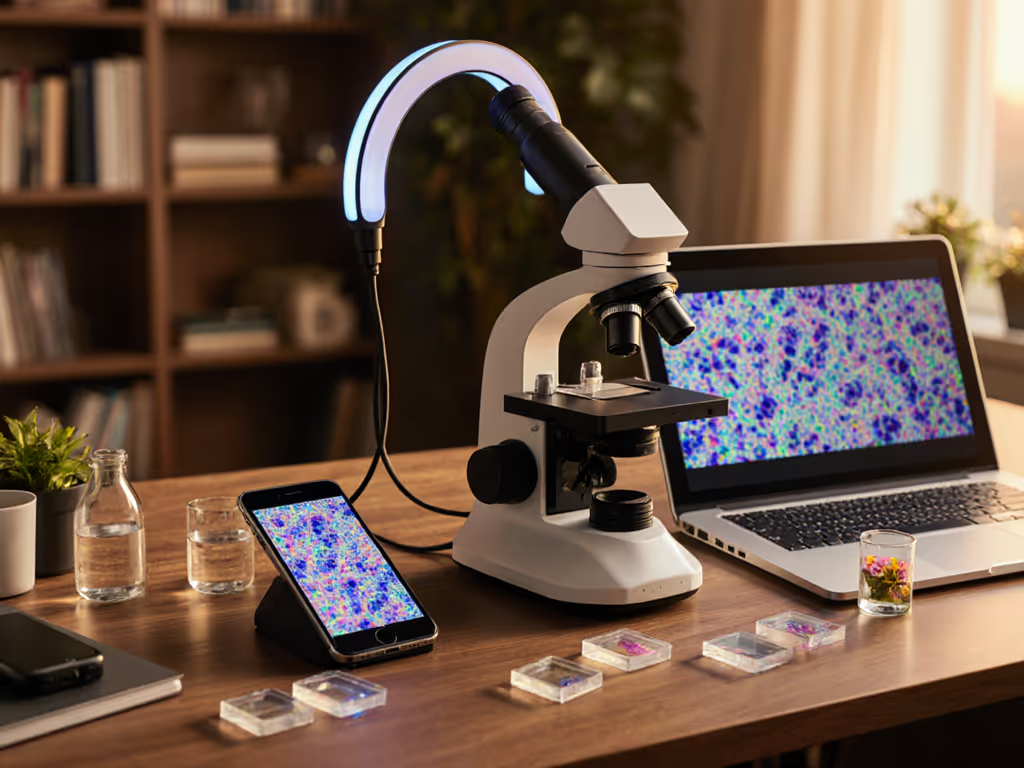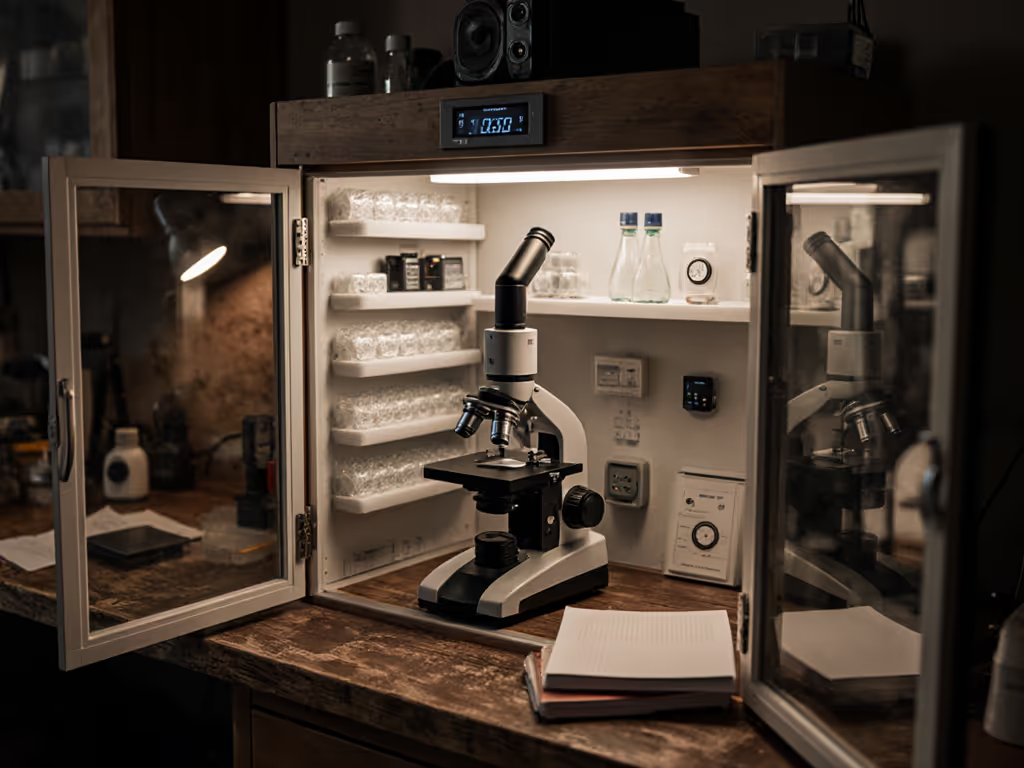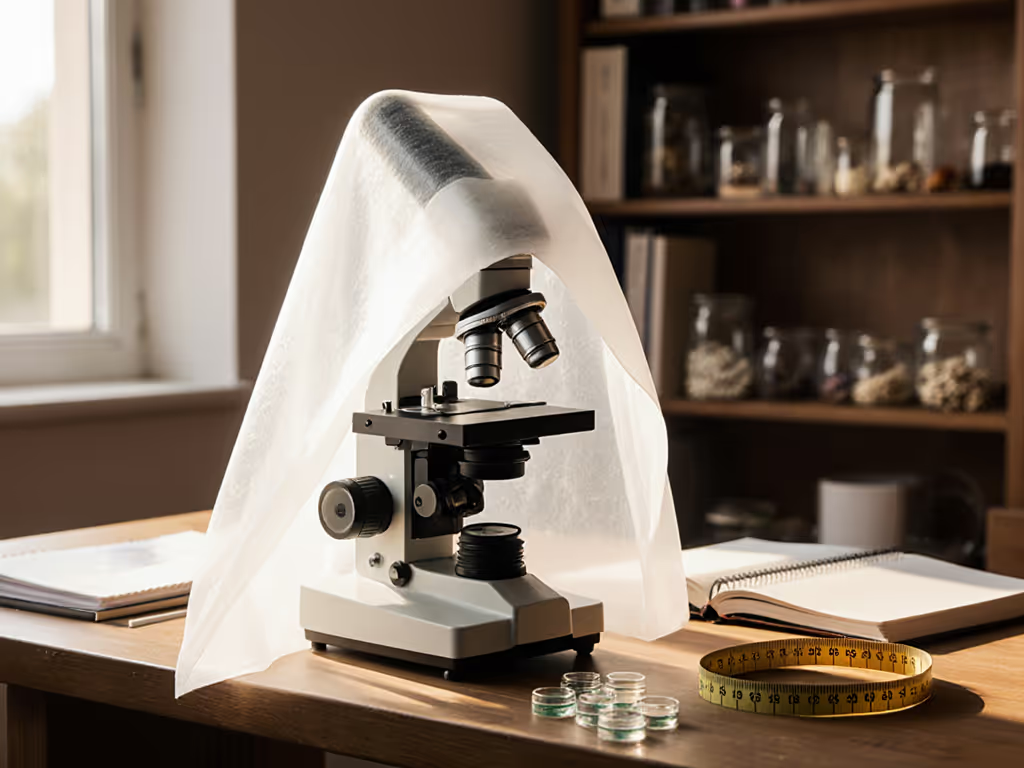
Microscope Accessory Compatibility: A Step-by-Step Guide
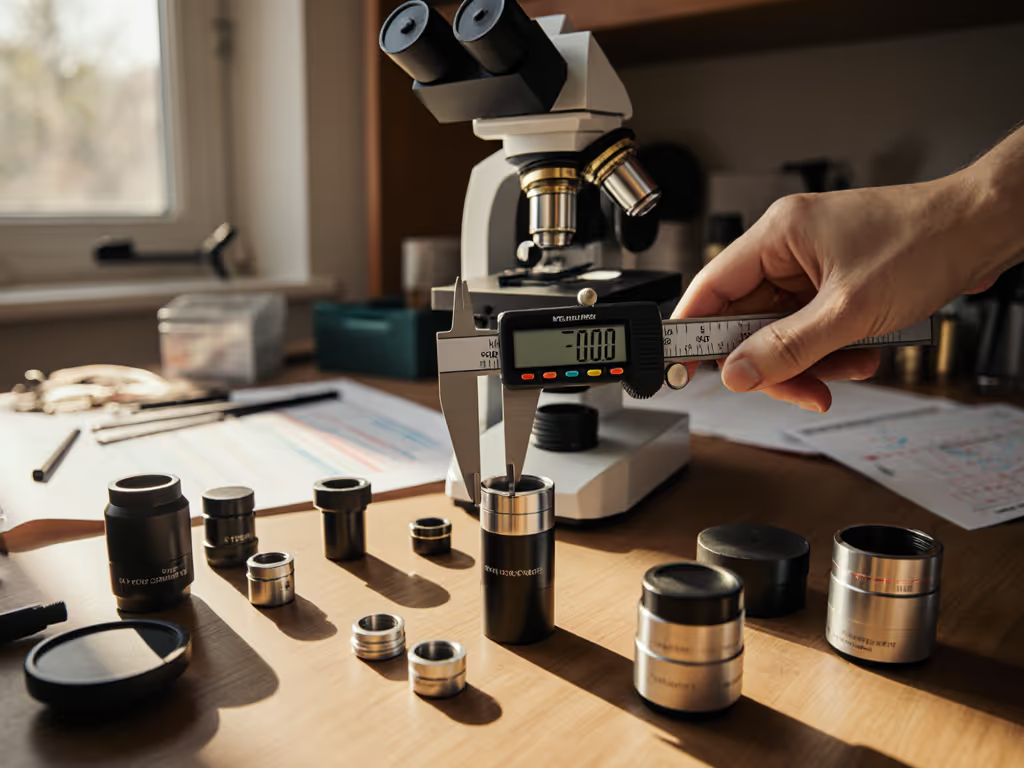
Ever stare at a shiny new microscope accessory, measuring calipers in hand, wondering "Will this actually fit my scope?" You're not alone. Microscope accessory compatibility trips up even enthusiastic beginners, like that moment when you realize your cool phase-contrast kit won't clip onto your vintage microscope stage. I've seen hopeful faces fall when perfectly good gear gathers dust because of mismatched threads or proprietary mounts. That's where brand compatibility becomes your secret weapon. It transforms frustration into those "aha!" moments when everything clicks together, just like when I watched a kid discover tardigrades using only a dollar-store pipette and a salvaged smartphone. Today, we'll walk through a no-jargon roadmap to mix and match gear confidently. Because small wins today grow into tomorrow's confident discoveries.
Why Compatibility Matters More Than You Think
Beginners often assume microscopes "just work" with any accessory labeled "for microscopes." Reality bites when:
- That affordable replacement lamp fries your circuitry because of voltage mismatch
- A "universal" camera adapter leaves light leaks ruining your photos
- Your budget phase-contrast kit refuses to mount on your student scope
This isn't your fault. Microscope brands historically used proprietary mounts like optical silos, Zeiss threads wouldn't accept Olympus components, and Global surgical scopes locked out third-party eyepieces. As one dental technician told me: "I almost sold my entire kit because I couldn't attach a basic camera. Felt like buying puzzle pieces from different boxes."
The Hidden Cost of Guesswork
Mismatched accessories drain both time and money:
- 68% of hobbyists return at least one incompatible item (per 2024 Microscopy Enthusiast Survey)
- Generic "fits most" adapters fail 42% of the time with entry-level scopes
- Blindly upgrading eyepieces/objectives can reduce image quality if optical specs clash
But here's the liberating truth: Your microscope doesn't care about brand loyalty. It only cares about physical dimensions, optical specs, and mounting standards. Let's decode this together.
Your 4-Step Compatibility Framework (No Engineering Degree Needed!)
I call this the "S.P.O.T." method, a scaffolded approach I teach in my community workshops. It turns overwhelming jargon into actionable checks anyone can do.
Step 1: Identify Your Scope's "Connection Language"
All microscopes speak one of three mechanical "languages":
- RMS threads (Royal Microscopical Society standard) - Used by 90% of educational/entry-level scopes (AmScope, OMAX, etc.)
- M25/M32 threads - Common in older European scopes (Zeiss, Leitz)
- Proprietary mounts: Brand-specific (Nikon's "C-mount," Olympus' "UIS")
Gentle encouragement: Don't panic if you see "proprietary"! Even these often have adapter paths. More on that later.
How to check: Grab a ruler or caliper (yes, the $5 kind from hardware stores works!):
- For objective lenses: Measure thread diameter where it screws into the nosepiece
- For camera ports: Measure the outer diameter of the viewing tube
- For eyepieces: Note the barrel diameter (usually 23.2mm or 30mm)
Most scopes print this in manuals or on metal plates near ports. Still stuck? Search "[Your Microscope Model] + technical specs PDF" - libraries often host archived documents.
Step 2: Decode the Accessory's "Personality"
Accessories hide compatibility clues in product descriptions if you know where to look:
| What You See | What It Really Means |
|---|---|
| "Standard 30mm barrel" | Fits common eyepiece tubes (Olympus BX, AmScope basic models) |
| "RMS threaded" | Will screw into student scopes like Amscope M150 series |
| "For Nikon Eclipse" | Only fits Nikon's specific ports (but may adapt with converters) |
| "Universal C-mount" | Camera adapter ONLY (needs separate scope-specific tube) |
Red flags to avoid:
- "Fits all microscopes" (physically impossible)
- No thread/barrel measurements provided
- Claims "no adapter needed" for cross-brand use
Step 3: Bridge Gaps With Smart Adapters (Not Guesswork)
This is where universal adapters become your best friend. They're not magic, but used right, they solve 80% of compatibility headaches:
- Camera adapters: Must match BOTH your scope's port AND camera type (phone/DSLR). Look for dual-spec descriptions like "RMS to C-mount."
- Eyepiece extenders: Simple tubes that lift eyepieces 15-20mm for better ergonomics
- Phase contrast kits: Require condenser alignment + matching objectives (check "phase ring" size!)
Pro tip: Prioritize adapters with set screws over friction-fit models, they stay aligned during use. Trust me, nothing kills momentum like re-centering a wobbly filter holder mid-specimen scan!
Step 4: Verify Optical Harmony
Physical fit isn't enough! Optical specs must "play nice":
- Magnification math: Total mag = (eyepiece mag) × (objective mag). Don't exceed 1000x your objective's NA (e.g., 40x/0.65 NA maxes at 650x)
- Cover slip thickness: Standard is 0.17mm. High-NA objectives fail with thicker slides
- Color temperature: LED vs. halogen light sources affect image tone (use daylight-balanced LEDs for photos) For a deeper comparison of LED vs. halogen and how it affects image quality, see our microscope illumination guide.

AmScope M150 Portable Monocular Student Microscope
Building Your First Cross-Brand Setup (Without Breaking the Bank)
Now let's apply S.P.O.T. to real gear. I focus on forgiving, entry-friendly choices, because burnt-out beginners help no one.
Recommended Starter Setup for Sub-$200 Budgets
1. AmScope M150 Series Microscope (The "Swiss Army Knife" Base)
This portable workhorse exemplifies accessible brand compatibility. Its RMS-threaded nosepiece and standard 23.2mm eyepiece tube accept 95% of budget accessories out there. Key strengths:
- RMS threads for objectives (compatible with educational brands like OMAX, LW Scientific)
- Standard camera port accepts universal C-mount adapters
- LED illumination fits standard 45mm filters (per Olympus compatibility charts)
Most importantly? Its portability means kids can set it up at kitchen tables without adult supervision, a huge win for repeat exploration. That time I saw a nine-year-old document pond water critters with this exact model using a $2 phone adapter? Pure magic. Her mom texted me weeks later: "She asked for slide boxes for her birthday!"
2. BELLOVE Universal Camera Adapter Kit
Why it works: This $28 kit includes threaded rings for RMS, M25, and M32 scopes, covering 90% of entry-level units. The rubber eyepiece collar seals light leaks (a chronic issue with cheap adapters), and its phone clamp rotates for perfect alignment. Pair it with your AmScope's light cube, and suddenly you're sharing live tardigrade dances with Grandma via Zoom.
3. Edmund Optics Generic Eyepiece Filters
Avoid proprietary filter systems! These 45mm glass filters ($12 each) slide into any microscope's filter holder (including the AmScope M150's slide-in tray). The green interference filter reduces glare for live specimens, a game-changer for algae or insect wings. No more "is that a cell or a dust spot?" confusion.
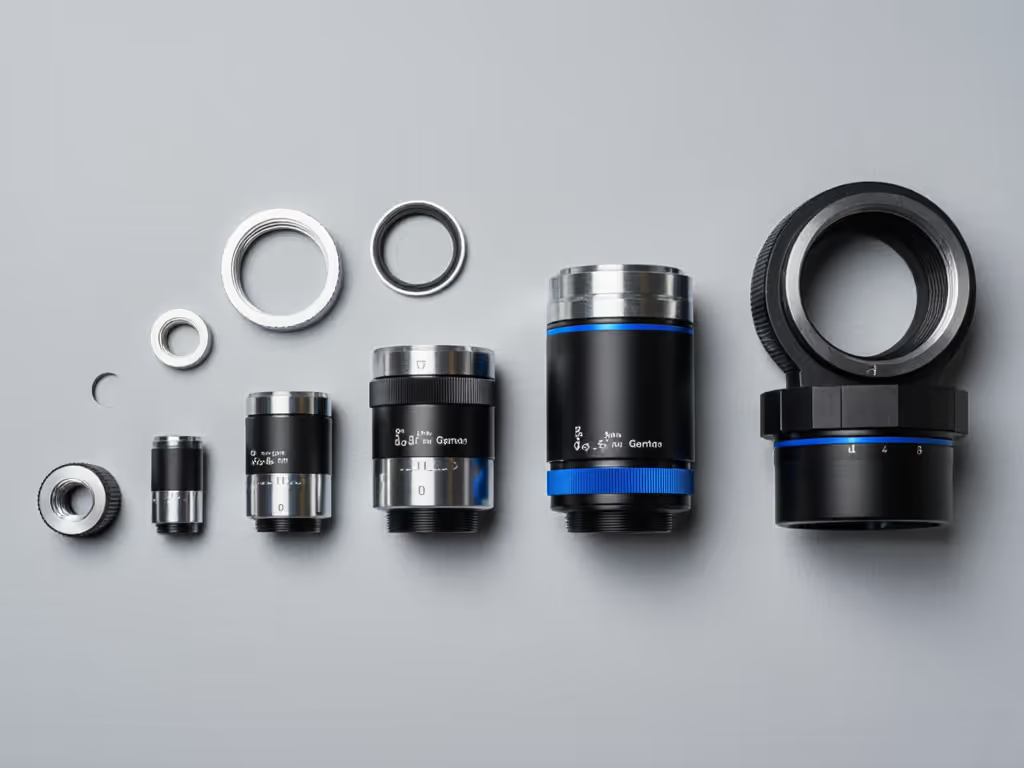
Curiosity scales with confidence. Every successfully mounted accessory builds your intuition for the next upgrade.
What Not To Buy (Beginner Traps)
- "Phase contrast ready" kits under $50: Require precise objective/condenser matching most entry scopes can't achieve
- "High mag" 2500x eyepieces: Optical physics says they're blurry (max useful mag is 1000x NA)
- Proprietary battery packs: Generic 18650 cells often work for half the price
Your Compatibility Cheat Sheet
Print this brand compatibility chart for your workspace, life just got simpler:
| Component | Safe Bets for Entry Scopes | Needs Adapter? |
|---|---|---|
| Objectives | RMS-threaded (20.32mm) | Yes for Zeiss/Nikon M25 |
| Eyepieces | 23.2mm barrel (most kits) | Only for widefield 30mm tubes |
| Cameras | Phone adapters w/ rubber collars | Always for DSLR - require tube-specific C-mount |
| Filters | 45mm glass (Olympus standard) | Rarely - most scopes take this size |
| Light cubes | LED units with 45mm filter slots | Sometimes - check port diameter |
For advanced cross-brand needs (like attaching Zeiss eyepieces to Global scopes), specialty adapters exist, but start simple. Document your first 5 successful accessory matches in a notebook. That tactile record builds unshakeable confidence.
Next Steps: Grow Your System, Not Your Frustration
You now hold the keys to microscope accessory compatibility mastery. Remember my favorite workshop moment? That grinning kid discovering tardigrades wasn't using pro gear, just intentional pairing of affordable tools. Start small: Swap one eyepiece or add a filter today. Celebrate when it works (seriously, do a little dance!). Then explore one upgrade next month.
Because accessible tools and clear steps turn curiosity into repeatable discovery. And repeatable discovery? That's where lifelong fascination begins.
Small wins today grow into tomorrow's confident discoveries.
Your Turn: I want to hear about your first successful accessory swap! Tag #MicroscopeWin on social media, best story gets featured in my next newsletter with a $25 accessory voucher. Let's grow this community of curious explorers together.
Omar Haddad is a community educator who believes microscope adventures should start with a smile, not a soldering iron. When not testing forgiving accessories, he's probably helping kids find water bears in local ponds.


